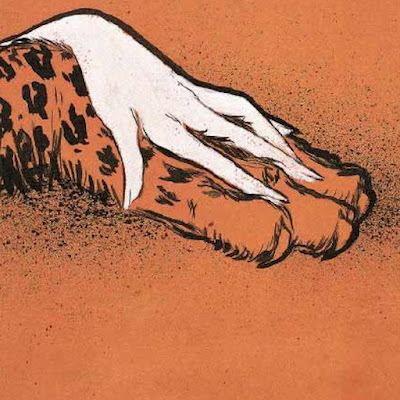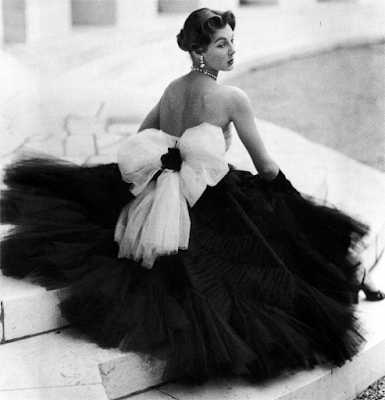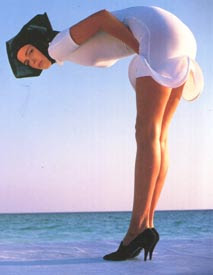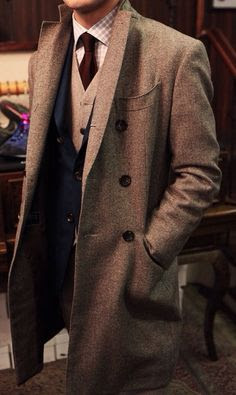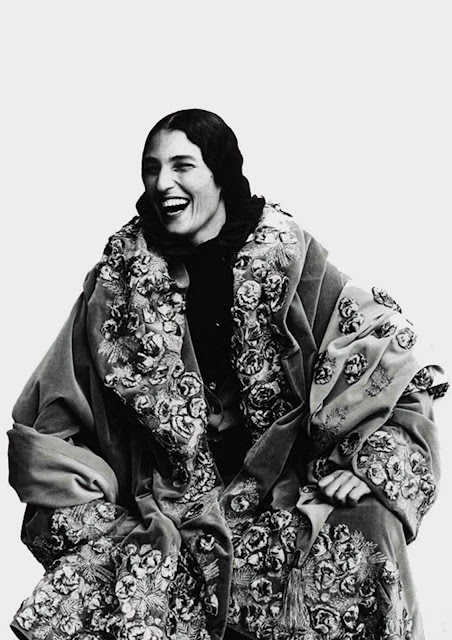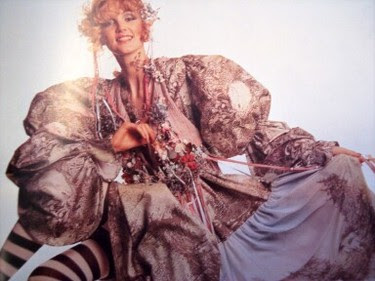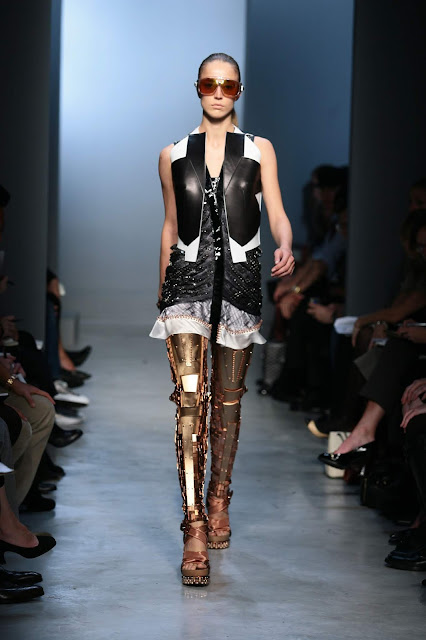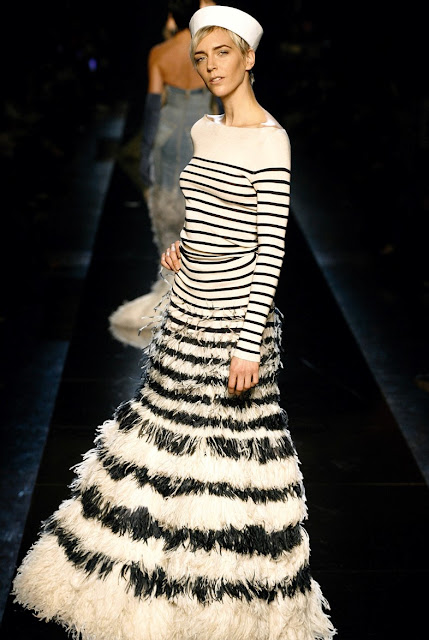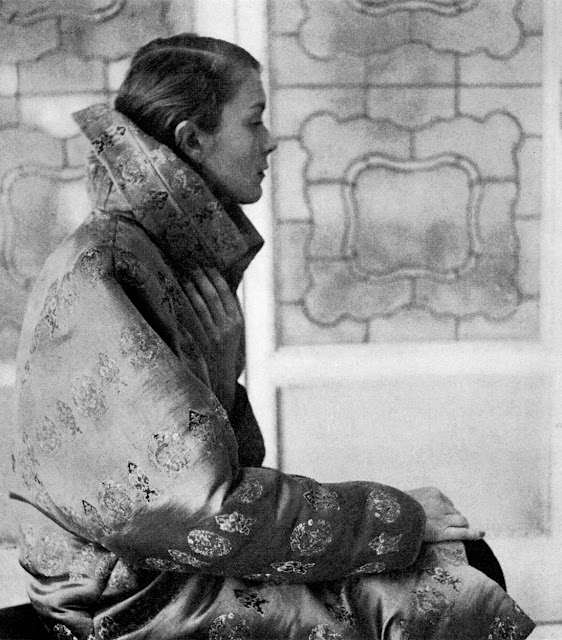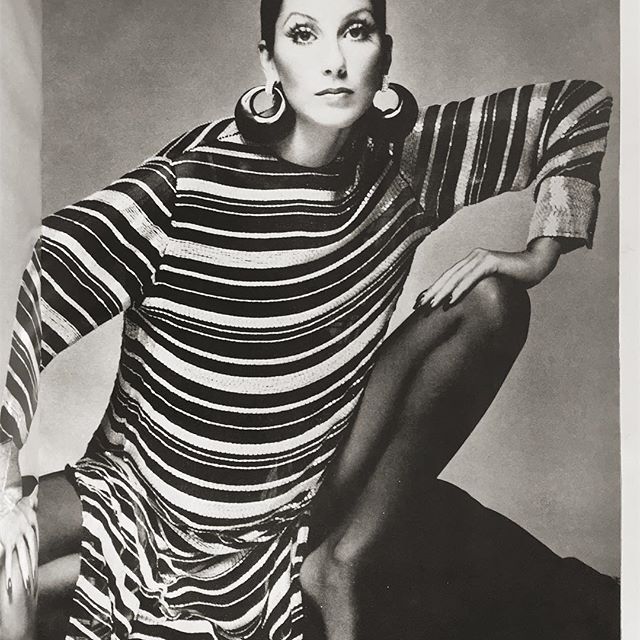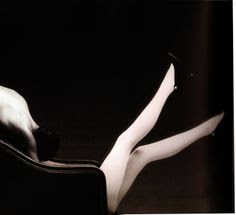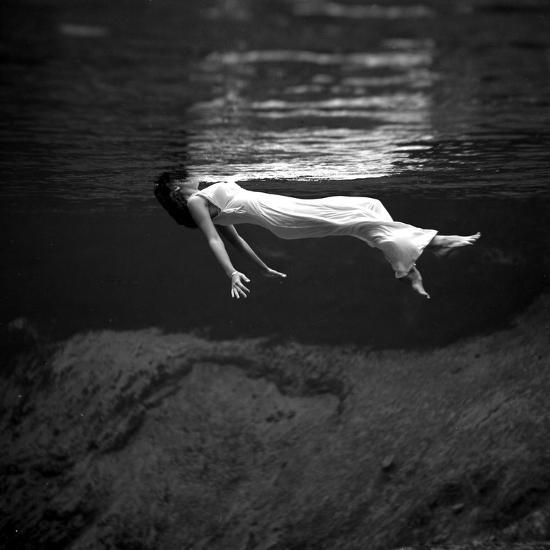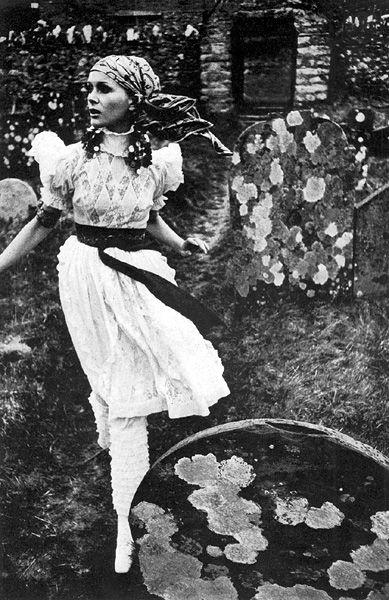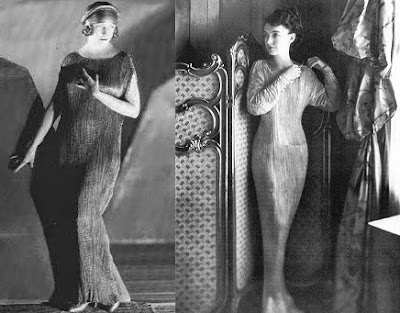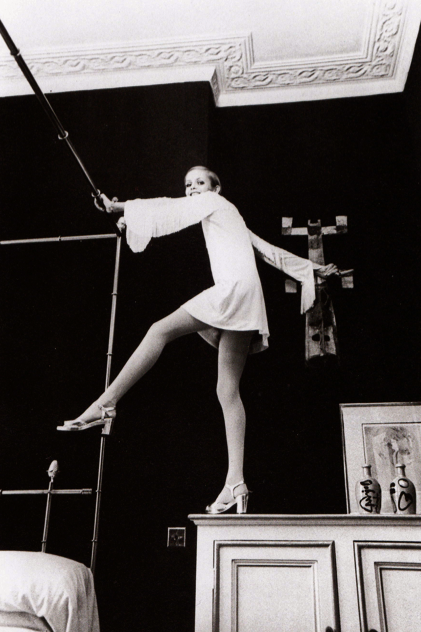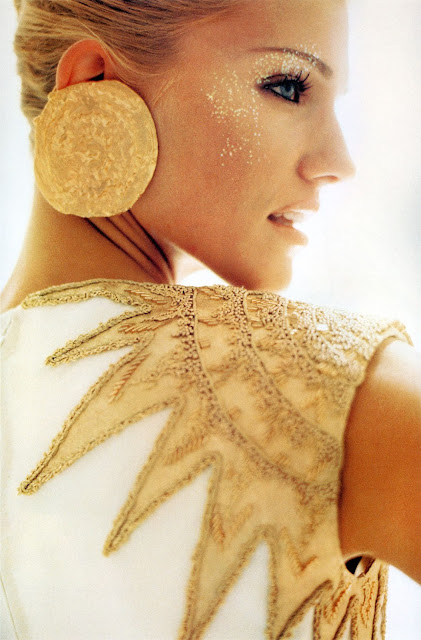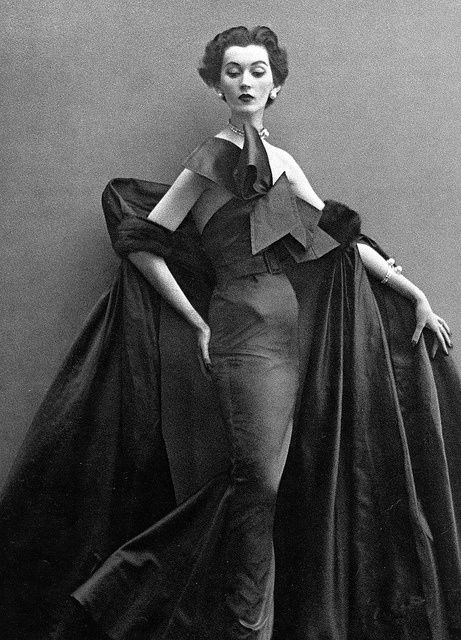Halston is surrounded by eleven models for a 1972 Vogue sitting. Their fluid, silk jersey dresses and svelte clothes made from Ultrasuede are pure Halston: utterly simple and an eternal antidote to fussy dressing. These are the hallmarks of classic American design, and Halston was recognized as a master of the art. His popularity in the 1970s made him a social figure, most famously among the set that frequented Manhattan's Studio 54 club. Bianca Jagger and Liza Minnelli were friends and clients, and both were Concorde-class models for his draped jersey dresses and lean trouser suits. Halston designed for his friends, saying in 1971, "Fashion starts with fashionable people... No designer has ever made fashion alone. People make fashion". Although he died in 1990, Halston's influence has continued to grow. Tom Ford, designer at Gucci, acknowledged his Studio 54 look as crucial to uncluttered fashion in the 1990s.
Also look up for Bandy, Daché, Ford, Maxwell, Peretti, Warhol





